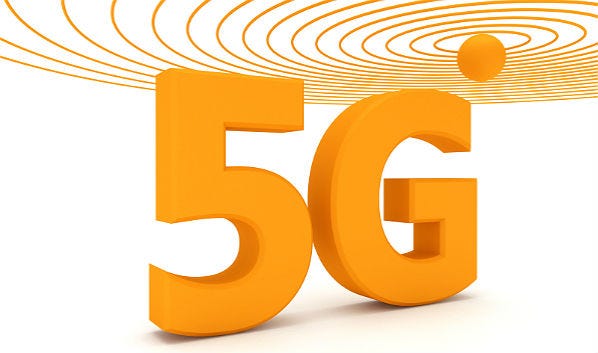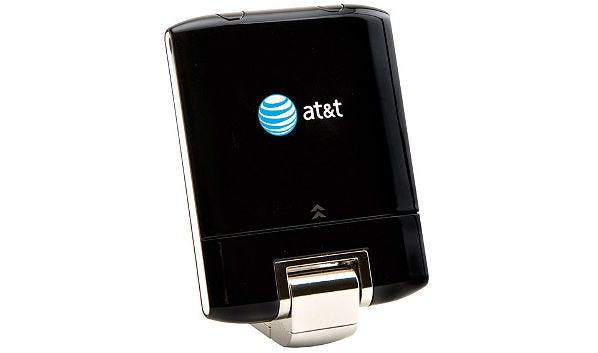The Internet of Things isn't future technology; it's here. And the arrival of 5G will amplify the partner opportunity.
October 2, 2016
IoT: You Don’t Have to Wait for 5G
If you think that the Internet of Things is still future technology, think again.
In the second quarter of this year, there were more IoT-enabled wireless endpoints deployed than sales of smartphones and tablets combined.
There is ample channel opportunity with IoT, and it’s only going to increase exponentially upon the arrival of 5G wireless technology.
This one-stop gallery looks to the future of 5G and explains why you don’t have to wait to embrace IoT — 4G offers the chance to get started.
**Source material by Peter Rysavy**
Follow executive editor Craig Galbraith on Twitter.
IoT & 5G: Timeframe

In this fast-paced world, it’s hard to be patient. But there’s work to be done before 5G networks become readily available.
For now, it’s hype without any live networks — but testing is underway. Don’t look for widespread 5G coverage until the early 2020s, or perhaps the mid-2020s.
IoT & 5G: Improved Modems Coming

Now that we have you hyped for 5G, let’s step back for a moment.
There’s no need to wait on IoT deployments. There are a number of planned 4G LTE network enhancements in the works. Modems dubbed “Category 1” are available now, with better ones – relatively inexpensive and designed for long battery life – planned for 2017. And since LTE networks are expected to be around until 2030, there’s no reason to put off diving into IoT.
IoT & 5G: 4G vs. 5G
The graphic above shows some of the technological advancements coming to 4G, as well as what can be expected from 5G.
IoT & 5G: Opportunities

Before absolutely everyone had a cellphone, there were 2G networks built for voice traffic. Then came 3G, focused on both voice and data.
4G followed to make the high-speed broadband experience possible. 5G will take advanced computing capabilities to another level. It promises speeds 10 to 100 times that of 4G — a perfect fit for IoT.
The market for smartphones and tablets is getting close to saturation. For wireless operators, connecting “things” will be a focus to grow revenue. That’s why they are homed in on making LTE more IoT-capable, and planning for new IoT capabilities with 5G.
IoT & 5G: Use Cases
The pyramid diagram above breaks down the various technologies and ways that will potentially benefit from a marriage of 5G and IoT.
Smart cities? Augmented reality? Self-driving cars? Sign us up. Partners will have an endless number of opportunities.
IoT & 5G: Virtualization & Network Slicing

Wireless operators are busy virtualizing their 4G networks, a trend that will continue with 5G — expect those networks to be virtualized in full. This opens the door for what’s called “network slicing.”
This allows operators to create independent networks for different uses. Example: One could be used by a solution provider’s large enterprise customer with specialized direct routing from the operator to the customer’s network, while another slice might be for industrial IoT apps that need a high-degree of reliability.
IoT & 5G: Spectrum Questions

The frequencies best for IoT aren’t the same as those for the high-speed broadband we expect on our smartphones. That’s because IoT apps tend to transmit only small amounts of data over large distances or in places where the signal needs to penetrate walls and obstacles freely.
Important for partners to know is that many operators plan to deploy 5G as a combination of low-frequency underlay for broad coverage and local small cells in dense urban areas, using high frequencies. Many IoT apps can operate just fine with throughputs under 10Mbps, and sometimes even under 1 Mbps.
Eventually, operators will move all their operations to 5G to be more efficient.
IoT & 5G: Standards
OK, back to the timeline.
If you’re chomping at the bit for 5G, it’s not that far away. Academics and industry insiders are already working on standards for the next-gen wireless technology.
IoT: You Don’t Have to Wait for 5G
Please click here for more Channel Partners galleries.
Read more about:
AgentsAbout the Author(s)
You May Also Like


